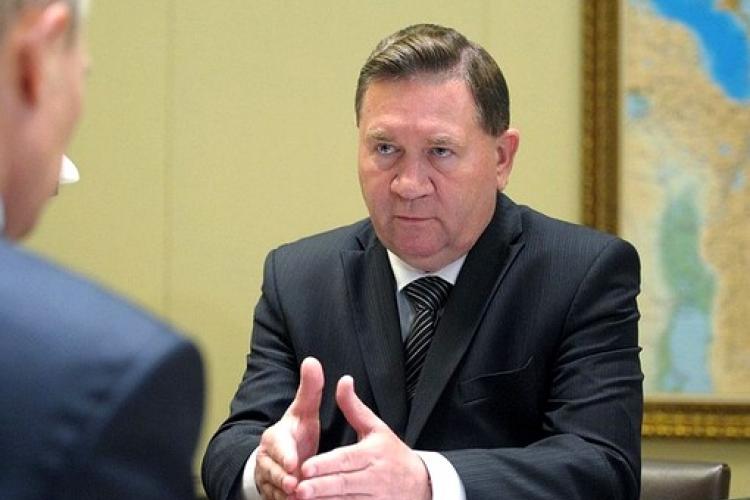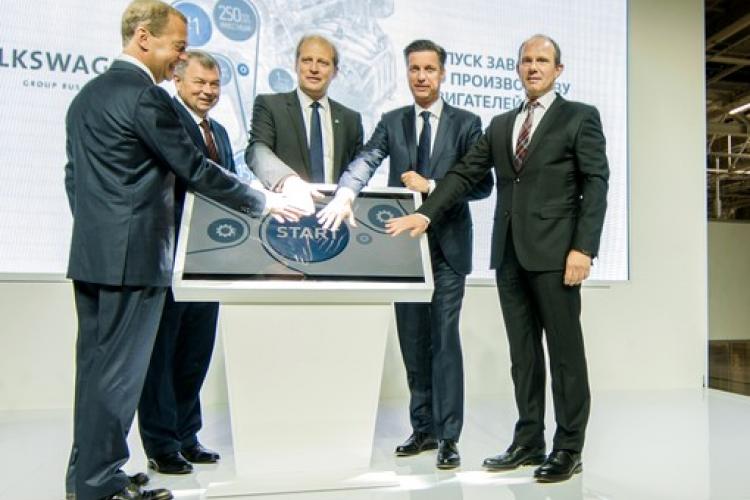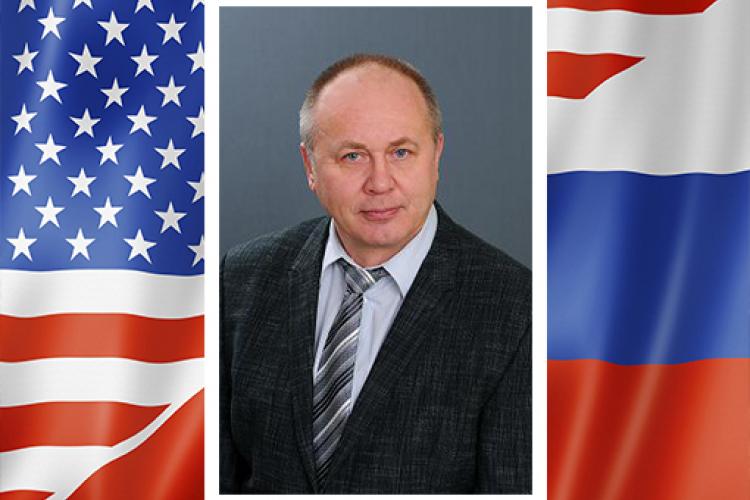
Russia’s State Duma passed a law suspending the U.S.-Russia deal on the disposal of plutonium and the respective additional protocols.
On September 3, 2016, Russia’s President Vladimir Putin ordered to halt the bilateral Plutonium Management and Disposition Agreement (PMDA) with the United States, citing Washington’s hostile actions and the inability of the U.S. to fulfill commitments to dispose of surplus weapons-grade plutonium. In early October, the Russian cabinet announced its decision to suspend the deal with the United States on cooperation in nuclear- and energy-related scientific research and development. On October 19, 2016, the State Duma passed the law actually suspending the plutonium deal. The measure was approved almost unanimously: a total of 445 MPs voted in favor of suspending the agreement, and one abstained.
Apart from the direct provisions on suspending the nuclear cooperation, the draft law lists the conditions for the possible resumption of the accord. Among them is Washington’s cancellation of the Magnitsky Act, all anti-Russian sanctions, compensating for the damage sustained by Moscow, and reducing U.S. military infrastructure in NATO countries.
“Considering that the actions taken by the United States have caused a radical change of the circumstances that existed at the time the Agreement and the protocols to it were adopted, the Agreement’s suspension is Russia’s countermeasure and does not contradict the 1969 Vienna Convention on the Law of Treaties. At the same time, the plutonium falling under the Agreement remains outside of nuclear weapons-grade activity, which testifies to Russia’s commitment to limit nuclear armaments,” the explanatory note to the bill stated.
The bill’s sponsors have also noted that “the United States has been making attempts lately to revise the strategy of plutonium disposal prescribed in the protocol of April 13, 2010 and change the method of its disposal.” “The U.S. side plans to dispose of plutonium by way of its burial instead of its irradiation, as is stipulated by the above protocol. At the stage of the Agreement’s preparation, Russian specialists objected to such an approach because the irreversibility of the disposal is not ensured in this case,” the accompanying documents say.
The agreement with the United States was signed on August 29, 2000. It envisaged ways of disposing of excessive weapons-grade plutonium in Russia and the United States, including the production of mixed oxide fuel to be used in nuclear power reactors, the conversion of plutonium into non-weapons-grade form, and also its burial. It was expected that either side will start eliminating “declassified” amounts of plutonium in the amount of 34 tons. Russia converts weapons-grade plutonium into fuel for nuclear power plants.
U.S.-Russia relations began deteriorating in the wake of what many consider to be a coup in Ukraine, followed by Kiev’s military operation against militias in the country’s southeast and Crimea’s reunification with Russia. The United States imposed sanctions on Moscow for Russia’s alleged involvement in the Ukrainian crisis, a charge that the Russian government denied. The United States’ anti-Russia sanctions target 281 legal entities and 81 public authorities, including high-ranking officials, Russia’s Deputy Foreign Minister Sergey Ryabkov said to the Russian lawmakers at a session reviewing a draft bill to suspend the plutonium agreement.












Leave a comment